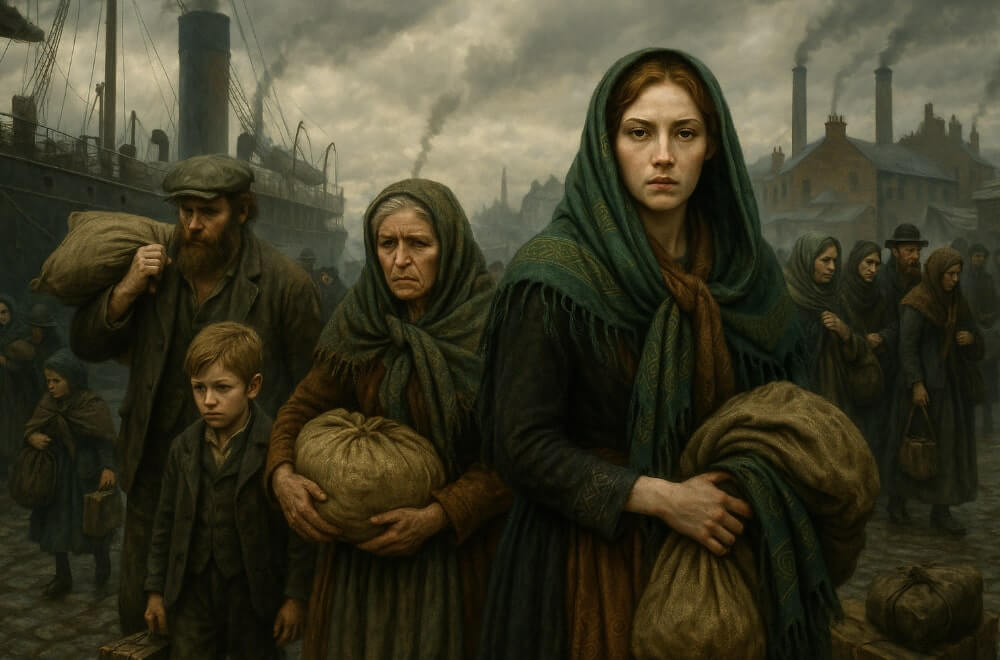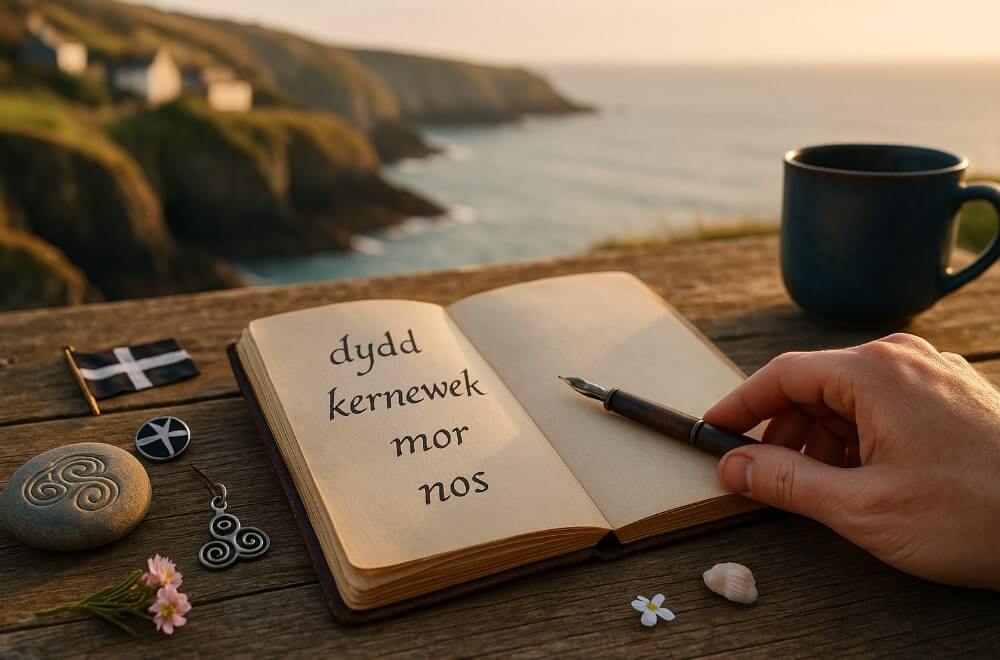The Irish Plantations were a defining period that changed the course of Irish history. From the confiscation of land to the displacement of entire communities, their impact went far beyond land ownership—it touched language, identity, and the soul of Irish culture.
Today, understanding the legacy of the plantations is not just for historians. It helps anyone learning the Irish language (Gaeilge) appreciate why the language nearly disappeared in certain regions—and why learning it now is a way of reclaiming more than just words.
This post explores what the plantations were, how they affected everyday Irish life, and what they can teach us about culture, language loss, and resilience.
What Were the Irish Plantations?
The Plantations of Ireland were state-sponsored colonization schemes carried out by the English Crown between the 16th and 17th centuries. The goal was to subdue Irish resistance and spread English influence, especially in Ulster and Munster.
Land was confiscated from Gaelic chieftains and given to Protestant English and Scottish settlers. These settlers brought new customs, laws, religion, and language—transforming the regions they colonized.
Key Plantation Periods
- Munster Plantation (1580s):
Followed the Desmond Rebellions. Land in southern Ireland was seized and redistributed to English settlers. - Ulster Plantation (1609):
The most significant plantation. After the Flight of the Earls, vast lands in northern Ireland were taken and colonized. - Cromwellian Settlement (1650s):
After Cromwell’s brutal conquest, native Irish were forced west of the River Shannon, and soldiers were “paid” with Irish land.
Cultural Disruption and the Loss of Language
The plantations weren’t just about territory. They reshaped Ireland’s cultural landscape in ways that are still felt today.
Language Decline
One of the most lasting impacts was the suppression of the Irish language. English became the language of landowners, courts, and government. Irish speakers were pushed to the margins—both socially and geographically.
As Protestant settlers established new towns and estates, Irish was spoken less in those areas. Over time, many regions that had once been fully Irish-speaking—like large parts of Ulster—shifted to English.
This wasn’t just language shift. It was language loss.
Religious and Cultural Division
The plantations also deepened divisions between:
- Protestant settlers (largely English- and Scots-speaking)
- Native Irish Catholics (predominantly Irish-speaking)
This divide went beyond religion. It marked a cultural and linguistic rupture, the effects of which still influence Ireland and Northern Ireland today.
How the Irish Plantations Changed Place Names and Identity
Plantation settlers introduced new town names, renamed existing ones, and altered the administrative structure of land ownership.
But many Irish names survived—often in anglicized form. Understanding these names in Irish helps reveal layers of hidden meaning:
- Doire → Derry (“oak grove”)
- Cill Mhantáin → Wicklow (“church of Mantan”)
- Droichead Átha → Drogheda (“bridge of the ford”)
By learning Irish, even at a basic level, you begin to notice these patterns—and reconnect with the landscape in its original voice.
For a deeper look at this topic, check out What Does Slieve Mean in Irish?, which explores Irish place names rooted in geography.
How the Irish Language Survived the Plantations
Despite the disruption caused by the plantations, the Irish language persisted—especially in rural areas, among the poorer population, and in parts of the country less affected by colonization.
Oral tradition kept Irish alive when institutions could not. Songs, proverbs, and storytelling (seanchas) were passed from generation to generation.
Irish remained the first language of many until the 19th and early 20th centuries, when emigration, education policy, and poverty further reduced its use. Still, in places like the Gaeltacht, Irish has never disappeared.
The language’s survival is a testament to the resilience of a people who held on, even when they had little else.
Learning Irish Today: Reconnecting with History
Learning Irish today isn’t just about vocabulary or grammar. It’s about engaging with a living culture—one shaped by survival, endurance, and identity.
Understanding events like the Irish Plantations helps you see the language in context. It answers questions like:
- Why did Irish decline in some regions but not others?
- Why are some Irish surnames and place names anglicized?
- Why is reclaiming Irish now so important?
You can explore more ways to start learning with Irish Language Lessons for Beginners, which offer cultural insights alongside practical lessons.
Key Irish Words from the Plantation Era
Here are some Irish words and phrases that are helpful when studying this period of history:
| English | Irish | Meaning |
|---|---|---|
| Plantation | Plandáil | Colonization scheme |
| Landlord | Tiarna Talún | Landowner, often English or Scottish |
| Native Irish | Gaeil Dúchais | Indigenous Irish population |
| Displacement | Díbirt | Forcible removal |
| Resistance | Friotaíocht | Opposition to colonization |
| Culture | Cultúr | Traditions, language, way of life |
If you’re curious about how Irish words reflect cultural shifts, check out the Expand Irish Vocabulary guide.
Tips for Learning Irish with Historical Context
Using history as a lens can make learning Irish more engaging and meaningful. Here’s how:
1. Focus on Real-World Use
Learn how Irish connects to daily life and identity, not just academic terms.
2. Explore Songs and Proverbs
Many old rebel songs and sayings reference the time of the plantations and English conquest.
3. Study Irish Place Names
Look at maps and learn what towns and counties mean in Irish. You’ll uncover hidden histories.
4. Read Irish Historical Texts
Try translations of 17th-century poems or bardic laments. Many reflect the trauma of dispossession.
You can also explore Irish in context with posts like Exploring Seanfhocail – Irish Proverbs.
Further Reading and Resources
Want to learn more about the Irish Plantations? Here are a few recommended sources:
- BBC Bitesize – The Plantations of Ireland
- CELT Project – Irish Primary Texts
- Irish Story – Historical Articles
For Irish language learners interested in history, pairing these readings with your study materials can offer powerful insight.
Final Thoughts: Memory, Language, and Moving Forward
The story of the Irish Plantations is one of conflict, change, and survival. It marks a time when the Irish language was threatened—but not silenced.
By learning Irish today, you are part of a larger story of revival. You’re helping reconnect threads that were once torn apart—and ensuring that the Irish voice continues to be heard, not just in textbooks, but in everyday life.
Whether you’re exploring heritage, history, or just curious about the language, there’s a place for you in this journey.
Ready to explore Irish further?
Consider joining a community of learners passionate about history, identity, and language revival at Gaeilgeoir AI. No pressure—just a helpful place to get started.
Go n-éirí an bóthar leat – May the road rise to meet you.





